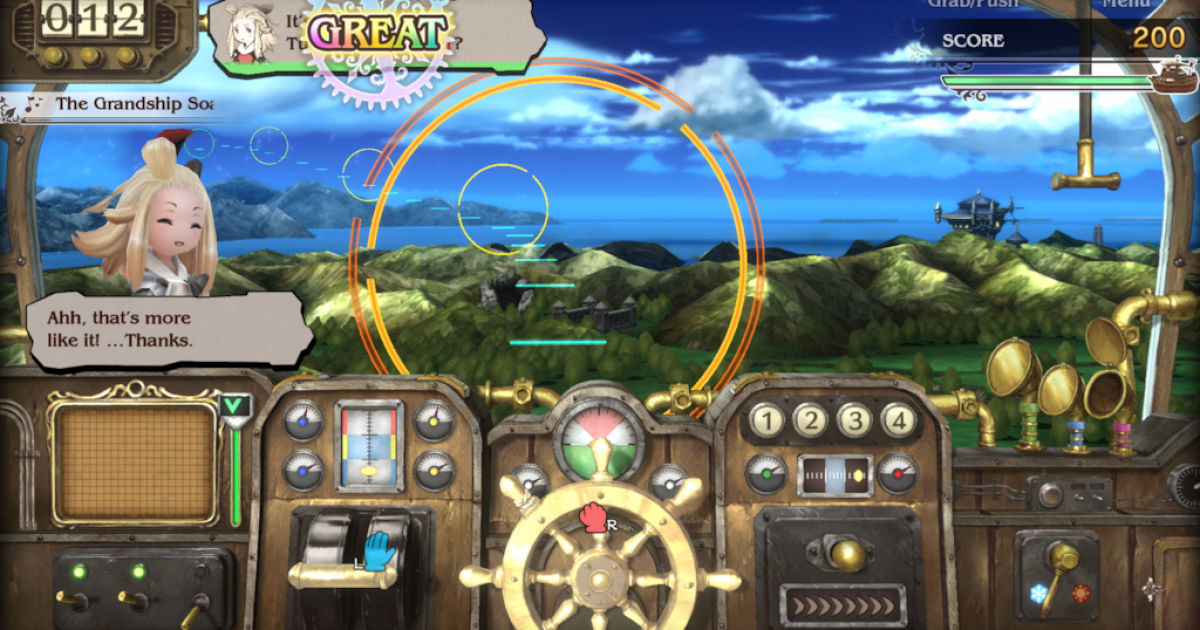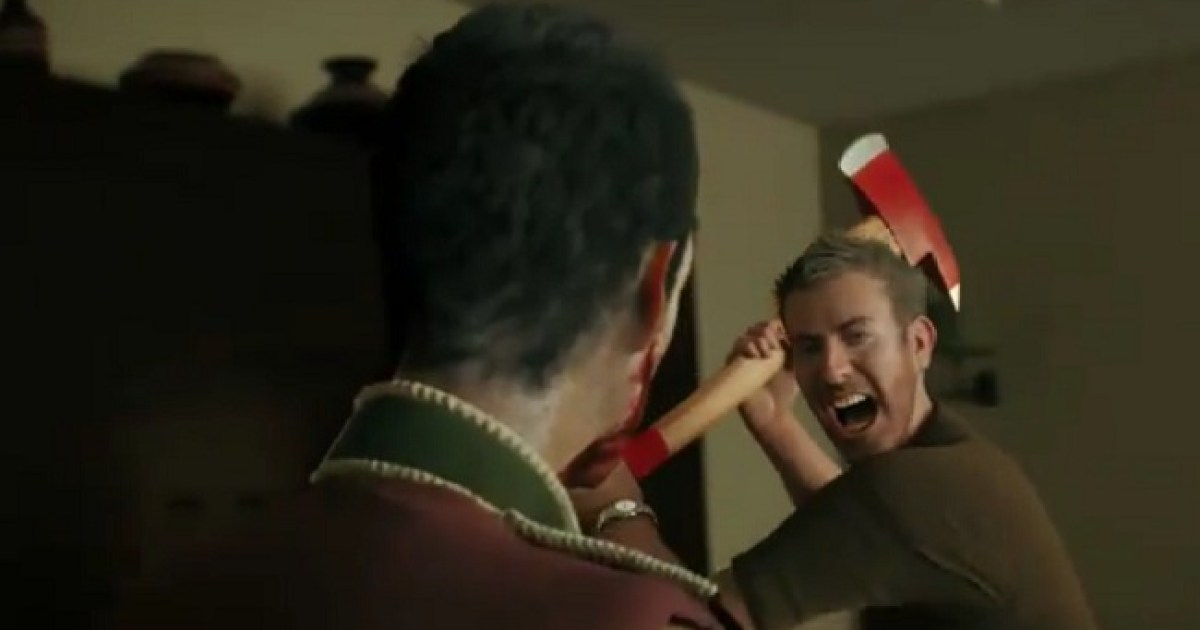The landscape of video game sales has evolved significantly since the early days of consoles, offering a fascinating glimpse into player preferences and industry trends. While subjective “best of” lists are common, examining objective sales data reveals which titles truly captured the market’s attention, often highlighting a disconnect between critical acclaim and commercial success. This analysis, based on officially released sales figures as of 2025, focuses on major home and handheld consoles, omitting niche systems and acknowledging that some figures may have shifted.
Early Console Era: Arcade Hits and Bundled Beginnings
The Atari 2600, a pioneer in bringing arcade experiences home, saw its top spot claimed by Pac-Man, selling over 8 million copies. This figure is particularly striking given the nascent state of video games in the early 1980s. Following Pac-Man were Space Invaders (over 6 million) and Donkey Kong (over 4 million).
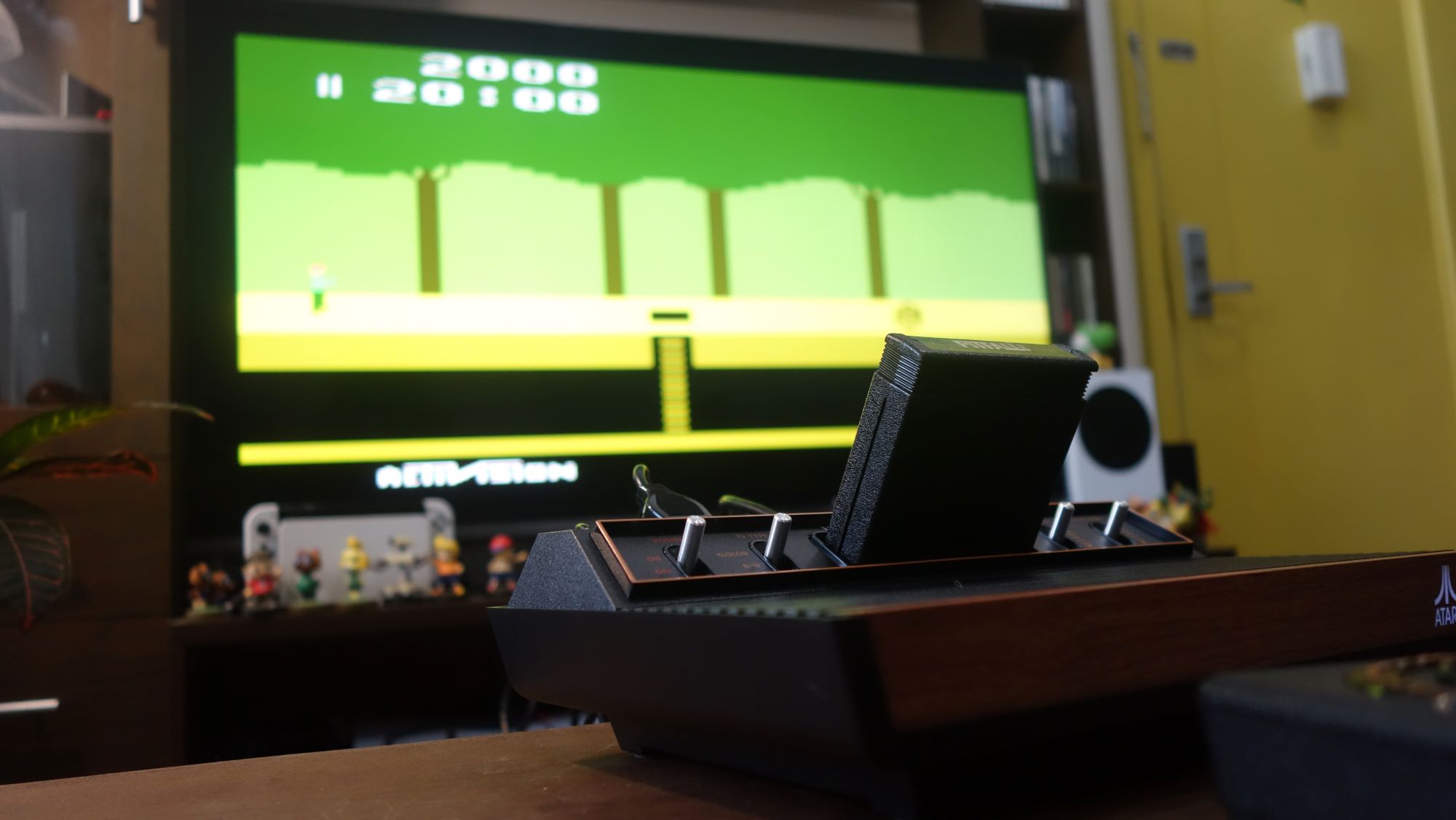
Nintendo’s dominance began early with the NES, where Super Mario Bros. achieved a colossal 40 million sales. However, this impressive number carries an asterisk, as the game was frequently bundled with the console. Despite this, its impact on the console’s popularity is undeniable. Other bundled titles like Duck Hunt (28 million) and Super Mario Bros. 3 (18 million) also sold exceptionally well. Without bundles, Tetris would take the top spot with 8 million copies.
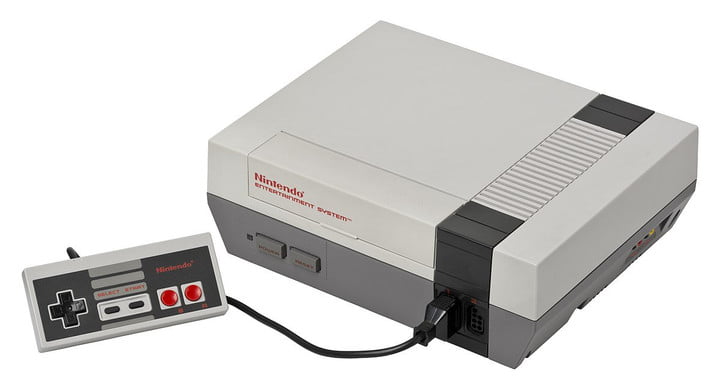
Sega’s answer to Mario, Sonic the Hedgehog, mirrored its rival’s success on the Sega Genesis, selling 15 million copies. Similar to Super Mario Bros., it was often bundled with the console. Its sequel, Sonic the Hedgehog 2, sold a respectable 7.5 million, highlighting Nintendo’s broader market reach at the time.

Handheld Hegemony and Evolving Genres
The original Game Boy was dominated by Pokémon Red & Blue, which together sold 31 million copies. This monumental success solidified Pokémon’s global phenomenon status and revitalized the handheld market. Tetris, a bundled title, was a distant second, followed by Pokémon Gold and Silver with 23.7 million.
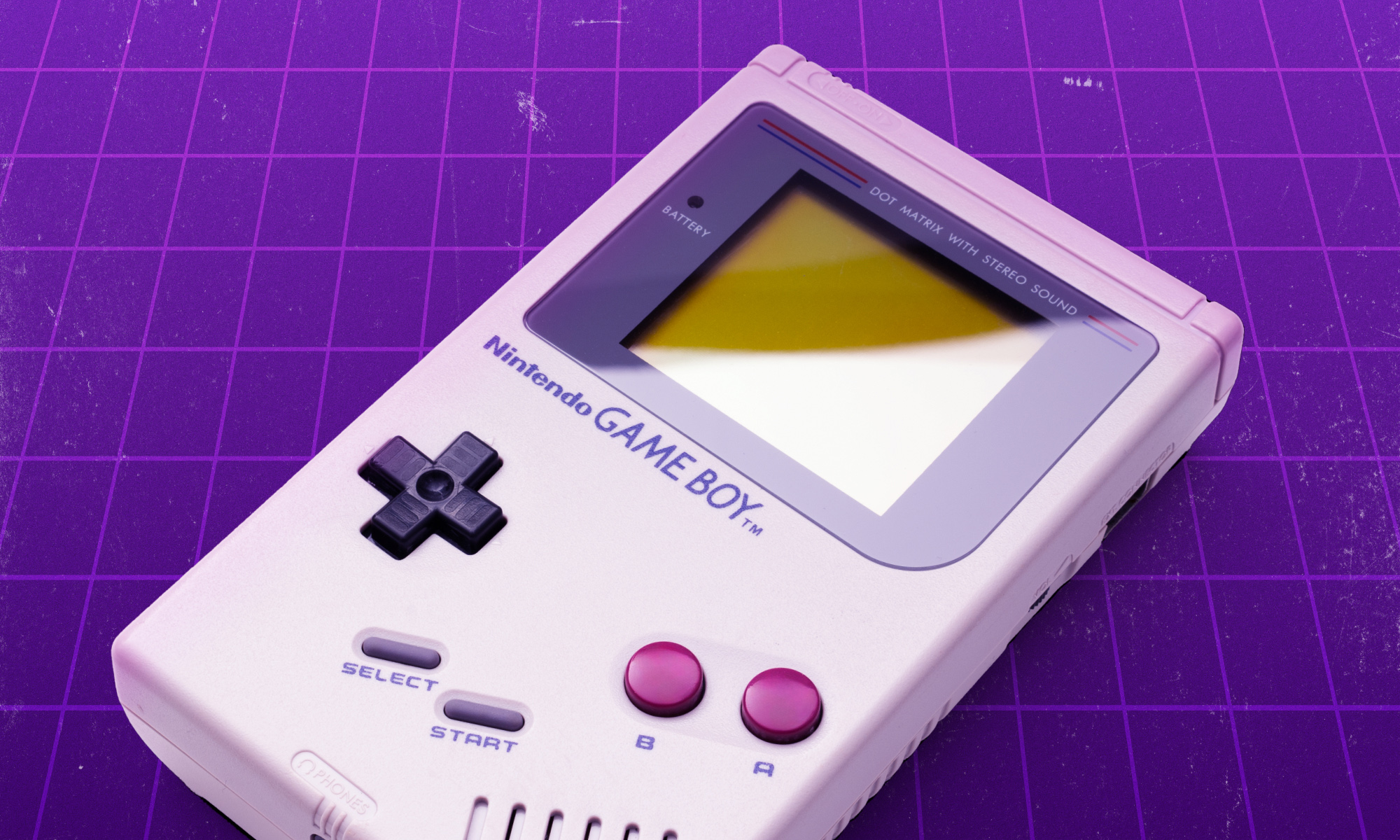
On the SNES, another Mario title, Super Mario World, led sales with 20.6 million copies, again often as a console bundle. Without bundled sales, Street Fighter II Turbo was the highest-selling non-bundled game at 4.1 million.
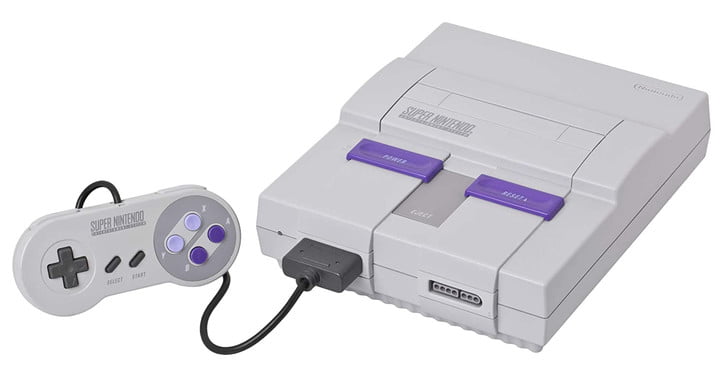
Sony’s entry into the console market with the PS1 saw Gran Turismo narrowly take the lead with 10.85 million sales. Its graphical prowess and engaging gameplay made it a showcase title. Close behind were Final Fantasy VII (10.02 million) and Gran Turismo 2 (9.37 million).
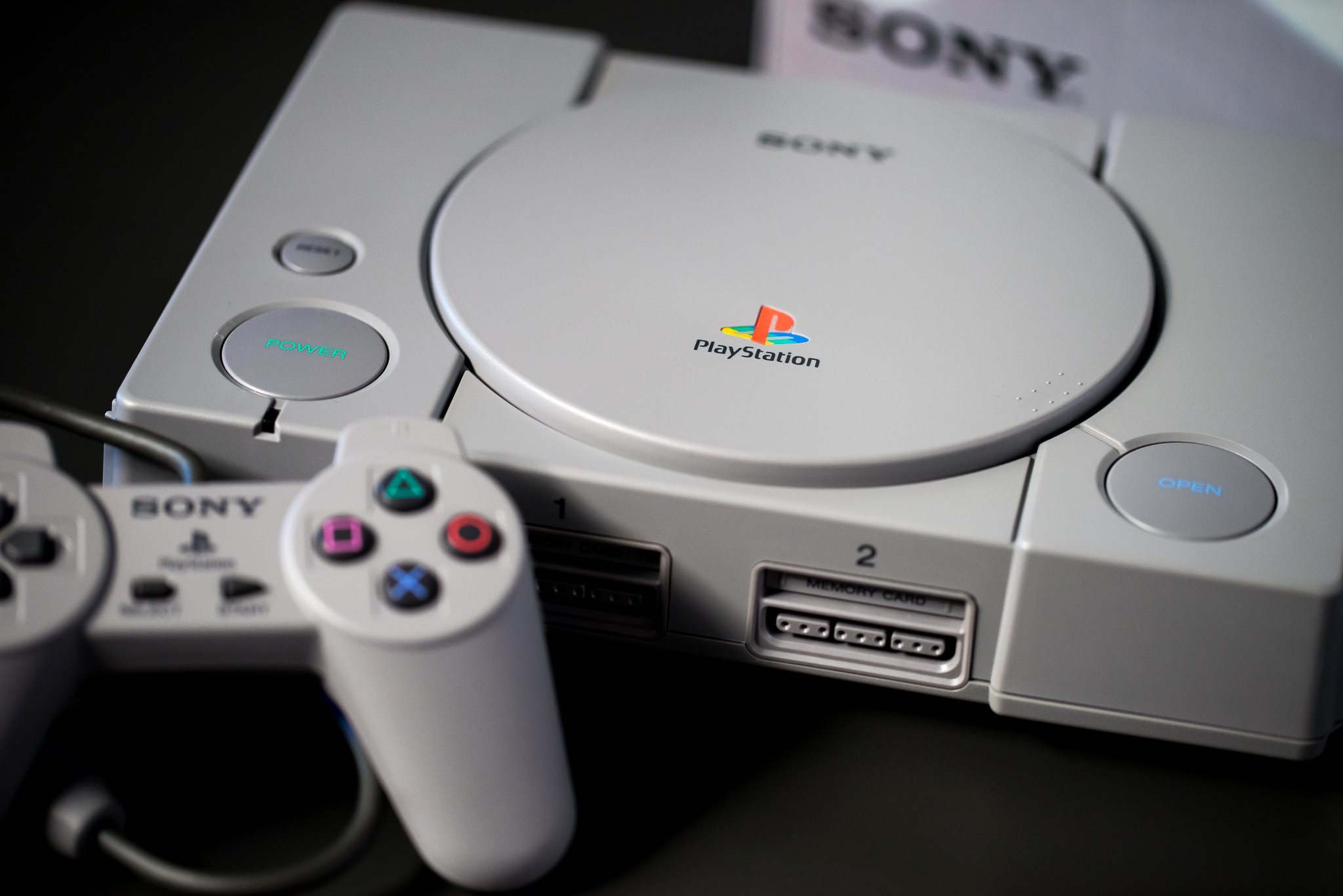
The N64 continued Nintendo’s trend of Mario leading sales, with Super Mario 64 selling 11.91 million copies, another bundled title. In fact, the top four best-selling N64 games were all console bundles. Super Smash Bros., with 5.55 million sales, was the highest-selling non-bundled game.
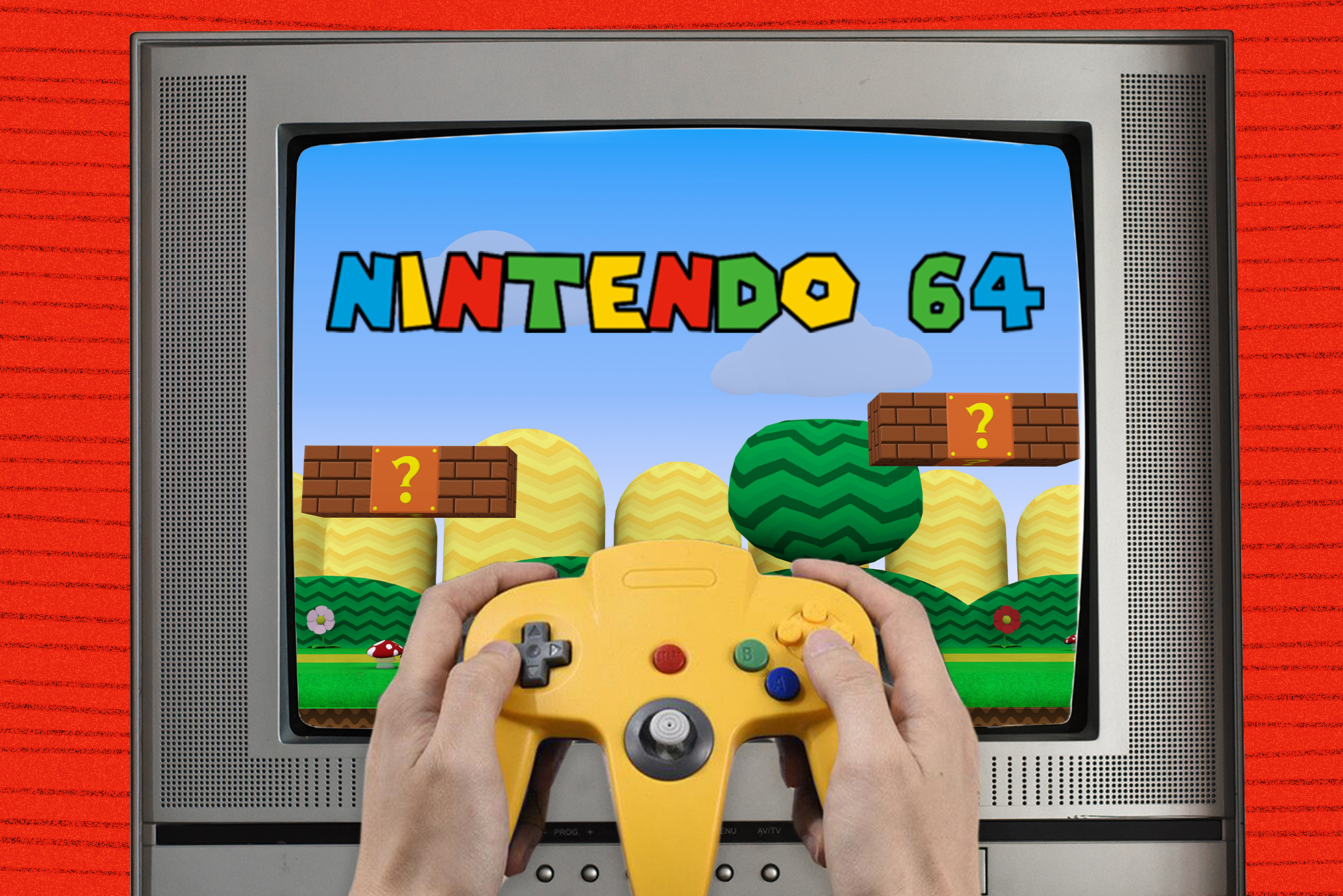
Sega’s swansong, the Dreamcast, had its best-seller in Sonic Adventure, with 2.5 million copies. This figure, though modest compared to its rivals, showcased the console’s dedicated fanbase. Soulcalibur and Shenmue followed with over 1.3 million and 1.2 million sales, respectively.

The Game Boy Advance (GBA) continued the Pokémon trend, with Pokémon Ruby and Sapphire selling 16.22 million copies. Pokémon FireRed and LeafGreen, remakes of the first generation, followed with 12 million sales.
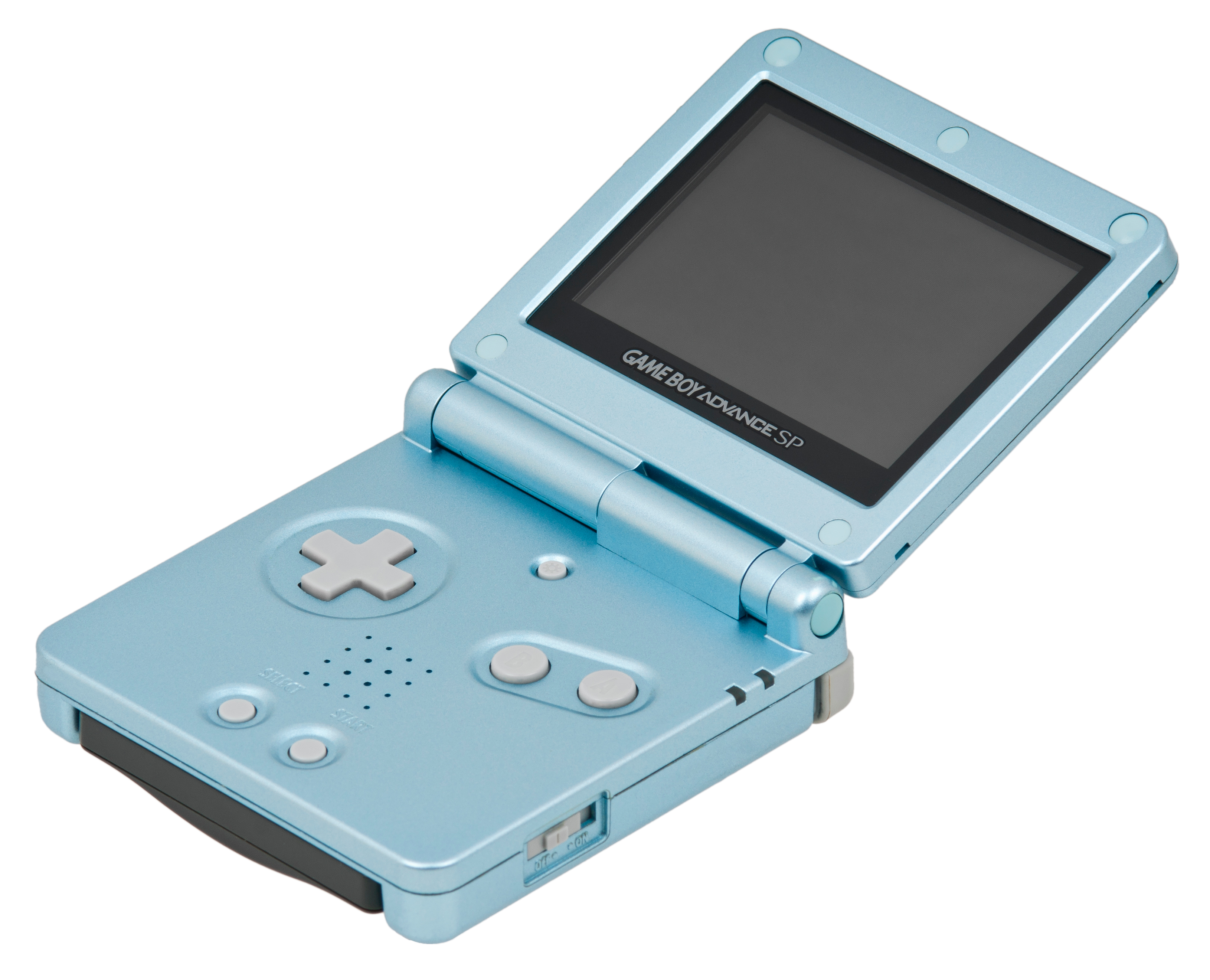
The Millennium Shift: Open Worlds and Online Revolution
The best-selling game on the top-selling console, the PS2, was Grand Theft Auto: San Andreas, selling 17.33 million copies. While a significant number, it’s notable considering the PS2’s massive install base of around 160 million units. Gran Turismo 3: A-Spec (14.89 million) and GTA: Vice City (14.2 million) rounded out the top three.
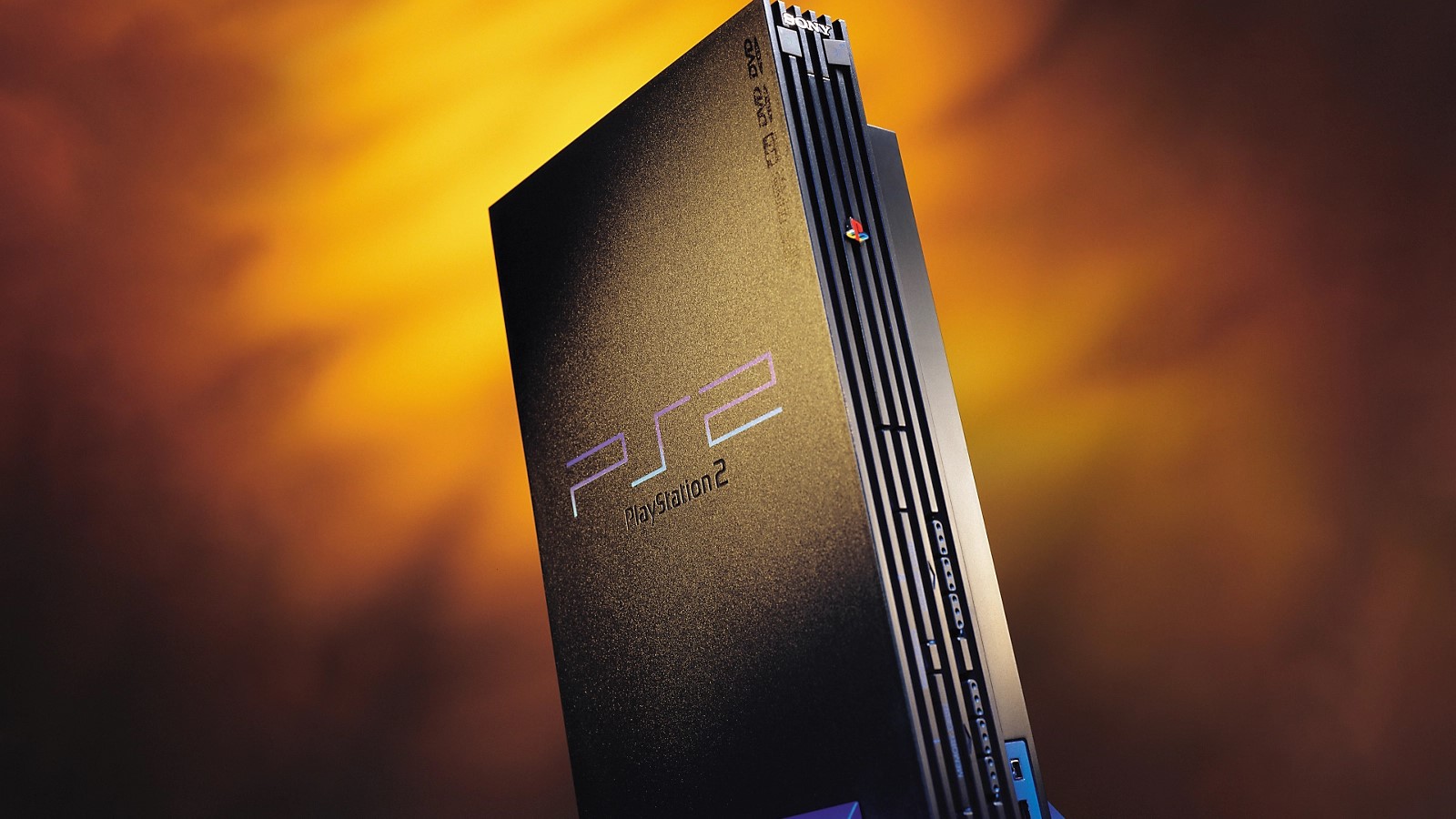
Microsoft’s inaugural console, the Xbox, found its stride largely due to Halo 2, which sold 8.46 million copies. Its revolutionary online multiplayer experience propelled it past the original Halo (6 million) and Fable (3 million).
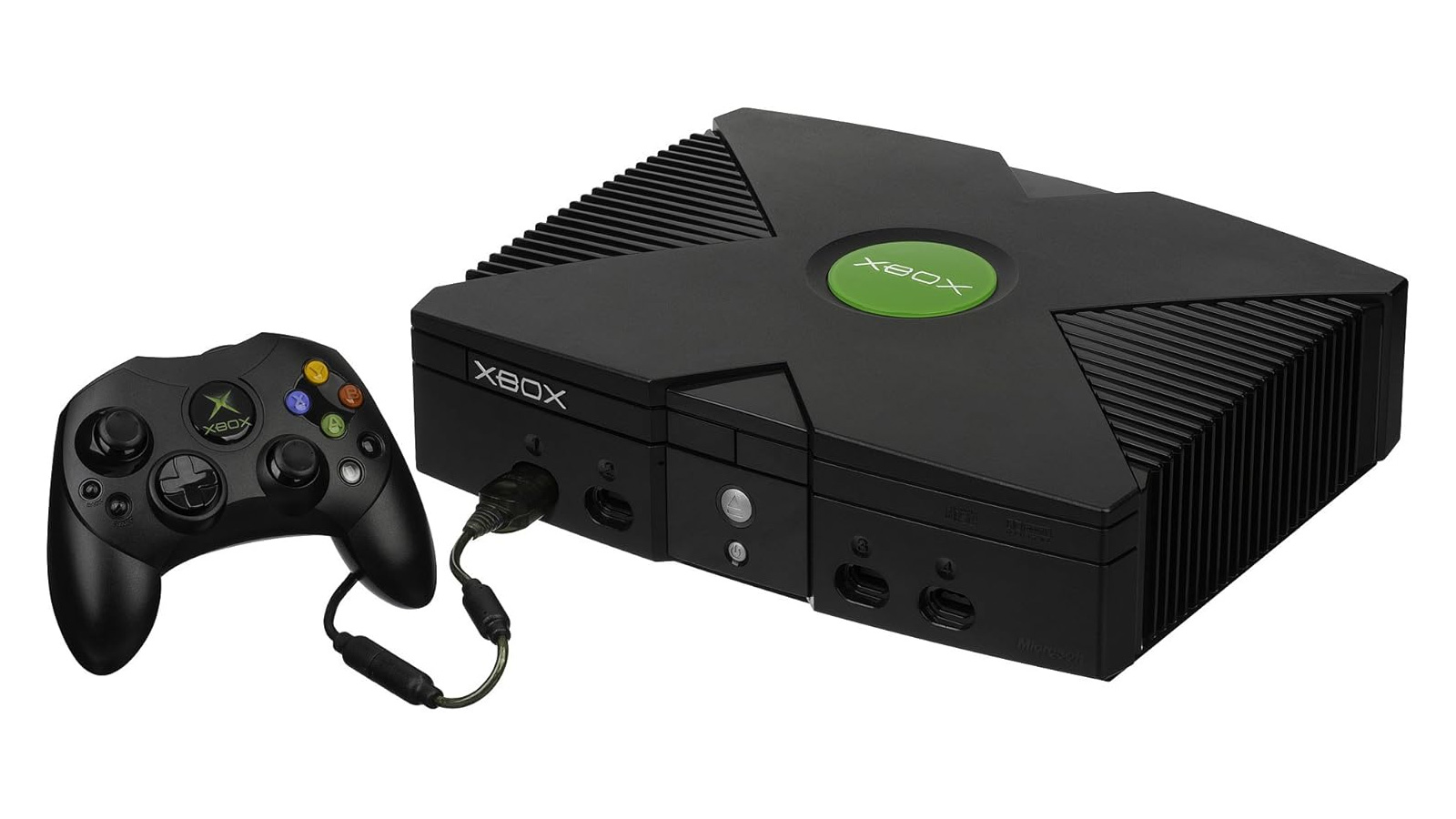
The GameCube saw Super Smash Bros. Melee take the top spot with 7.41 million sales, a testament to its popularity in competitive and social gaming. Mario Kart: Double Dash (6.88 million) and Mario Sunshine (5.91 million) followed.
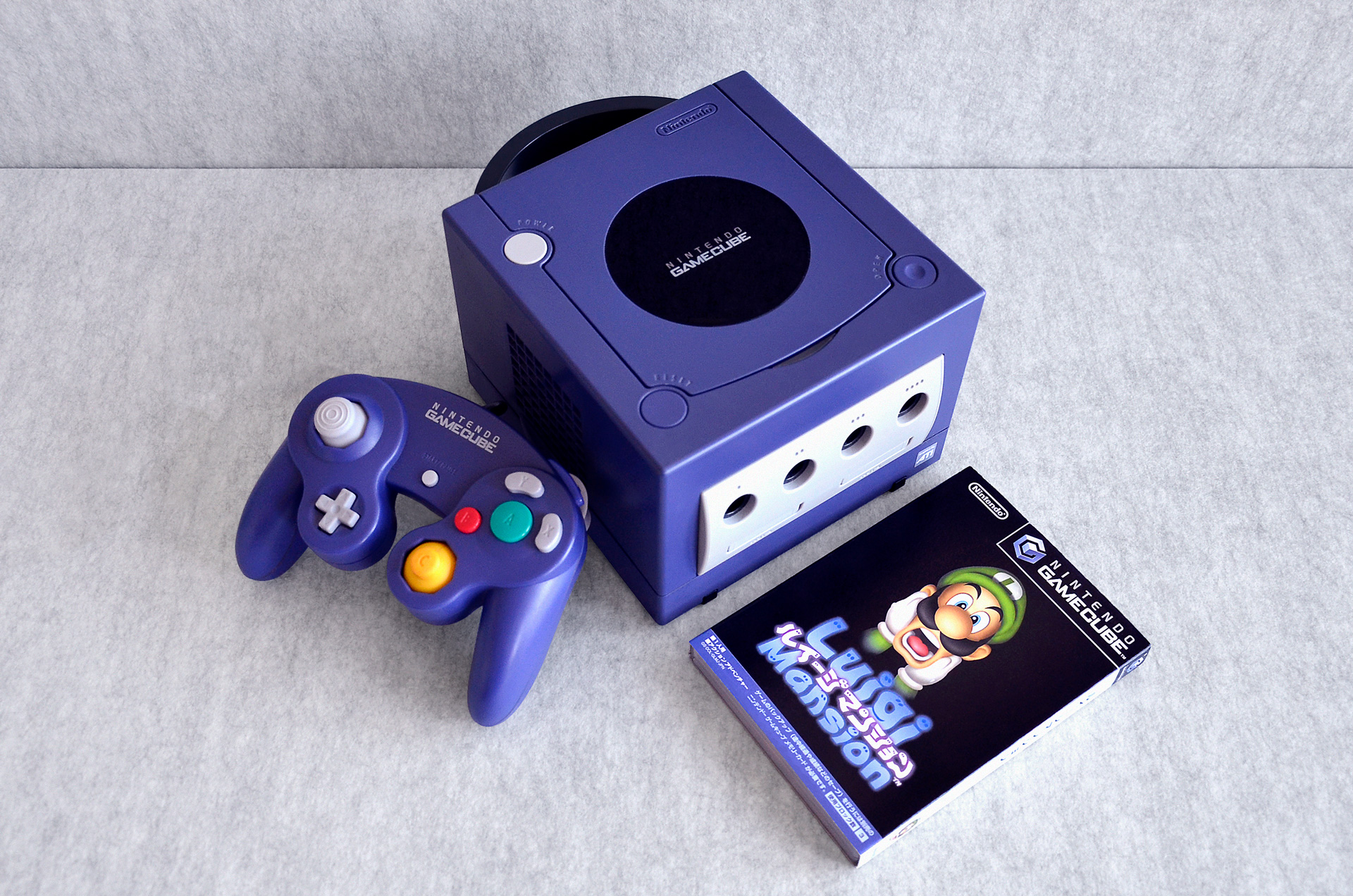
The DS continued Nintendo’s handheld success, with New Super Mario Bros. selling an impressive 30.80 million copies, pushing Pokémon down to fifth place on this console. Nintendogs (23.96 million) and Mario Kart DS (23.60 million) were also massive sellers.
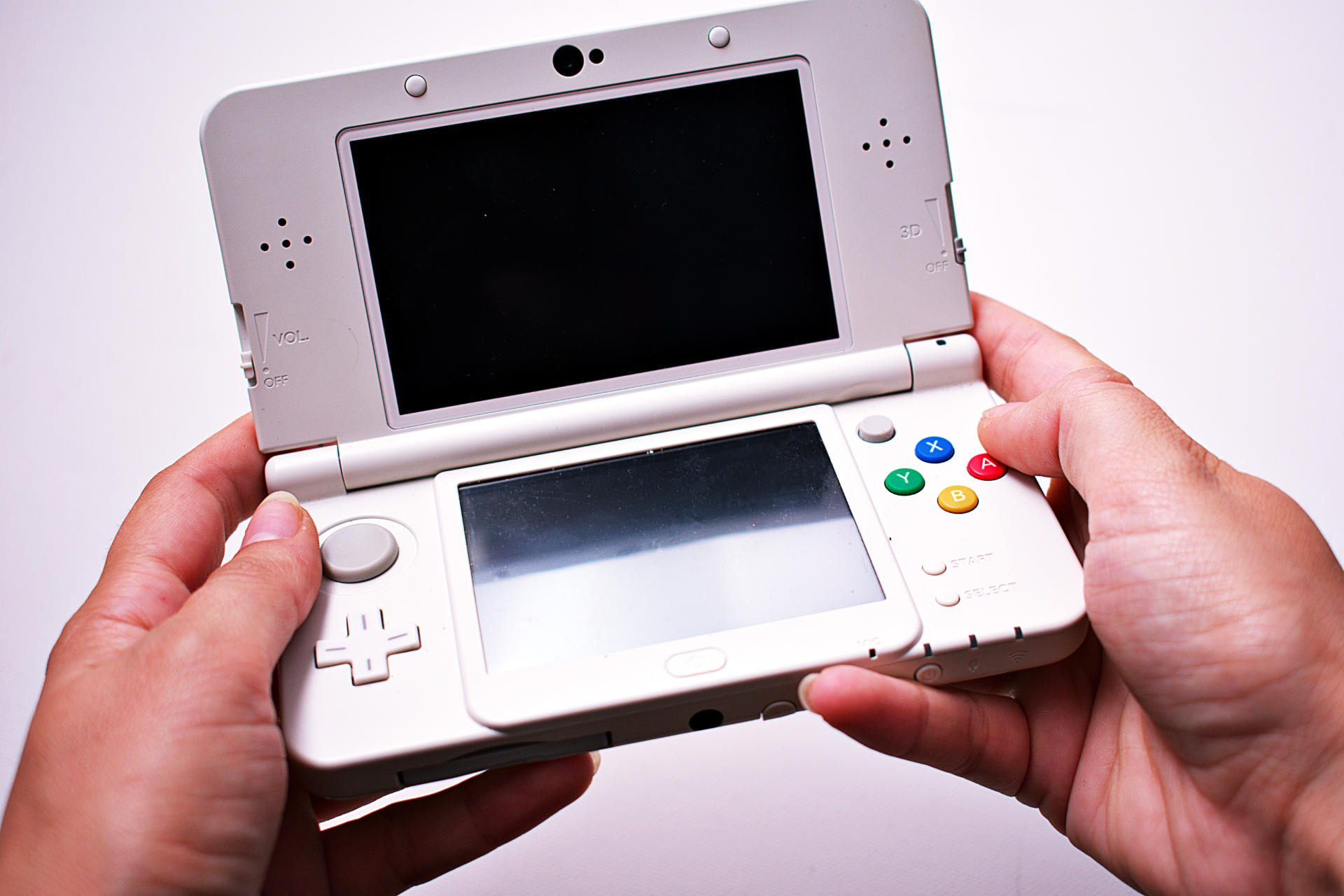
The Xbox 360 presented a surprising best-seller in Kinect Adventures!, with 24 million copies sold. This anomaly is largely due to its bundling with the Kinect peripheral. Despite its unique nature, it outsold titans like GTA V (22.95 million) and Minecraft (22 million) on the platform.
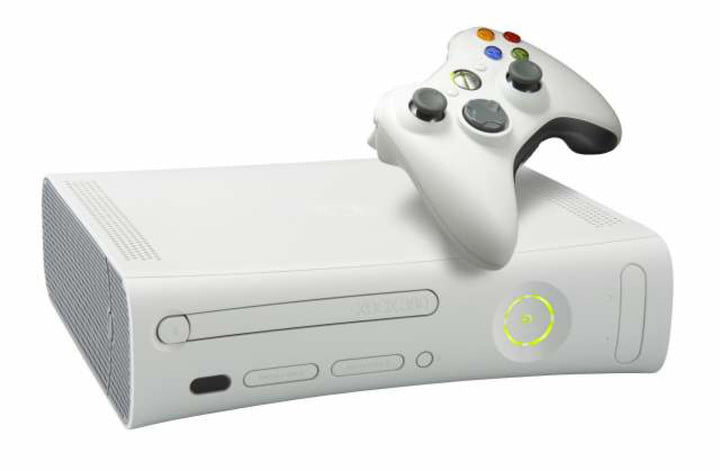
Conversely, the PS3 saw a more conventional leader in GTA V, which utterly dominated sales with 29.52 million copies, significantly surpassing Gran Turismo 5 (11.95 million) and Uncharted 3 (approximately 9 million).

The Wii‘s unprecedented success was epitomized by Wii Sports, an astronomical 82.90 million seller, primarily due to its widespread bundling with the console. This title alone introduced millions to gaming. Mario Kart Wii (37-38 million) and Wii Sports Resort (33.14 million), also bundled, further highlight the power of this strategy.
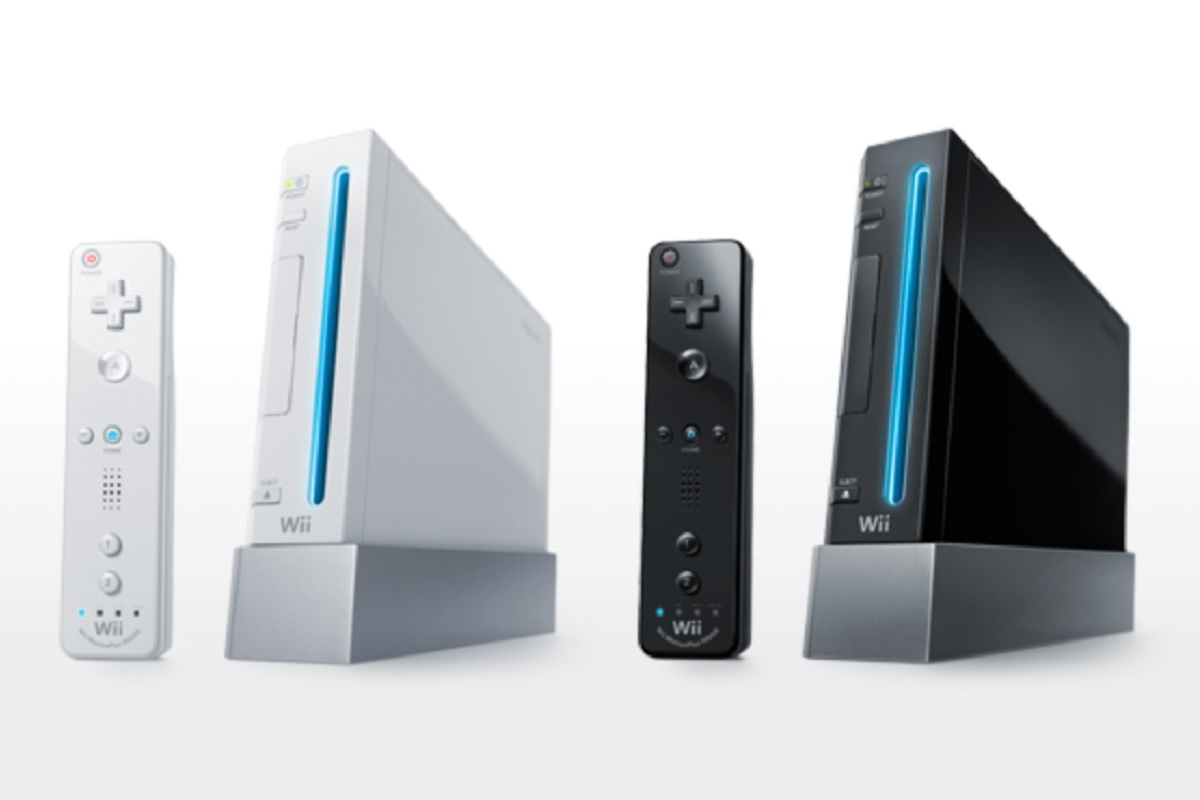
The Wii U, a less successful console for Nintendo, saw Mario Kart 8 as its top seller with 8.46 million copies, another bundled title. The relatively low sales for a Mario Kart game underscored the console’s struggles. Many of these games, however, found greater success when ported to the Nintendo Switch.
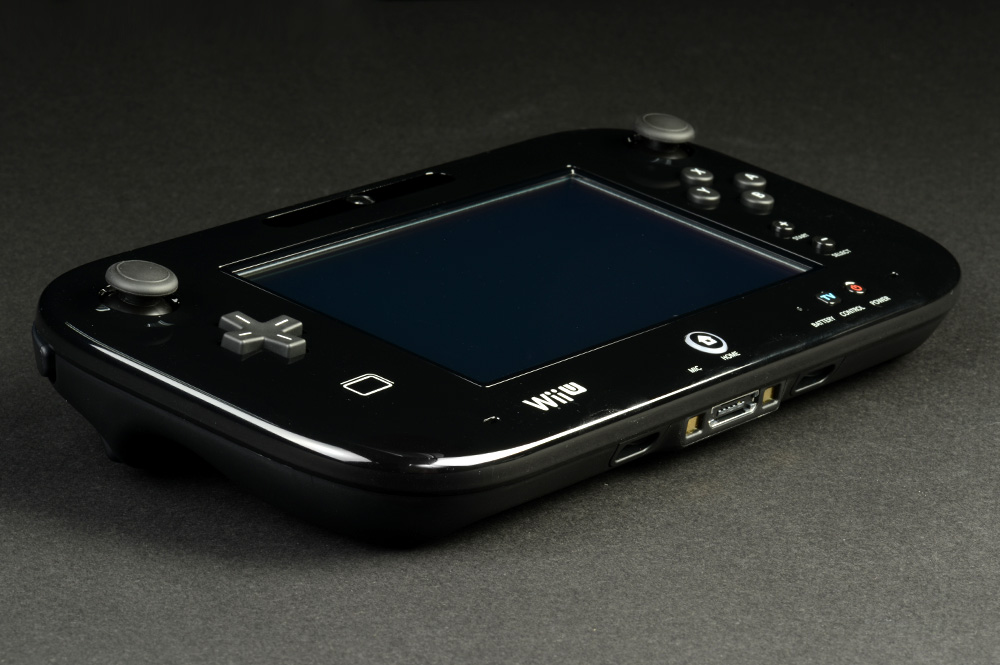
Modern Era: Blockbusters and Shifting Data
The PS4 generation saw Marvel’s Spider-Man emerge as the top seller with 22.68 million copies, benefiting from a popular IP and strong development. God of War (21.02 million) and GTA V (20 million) also performed exceptionally well, with GTA V remarkably selling almost as many copies on the PS4 as it did on the PS3.
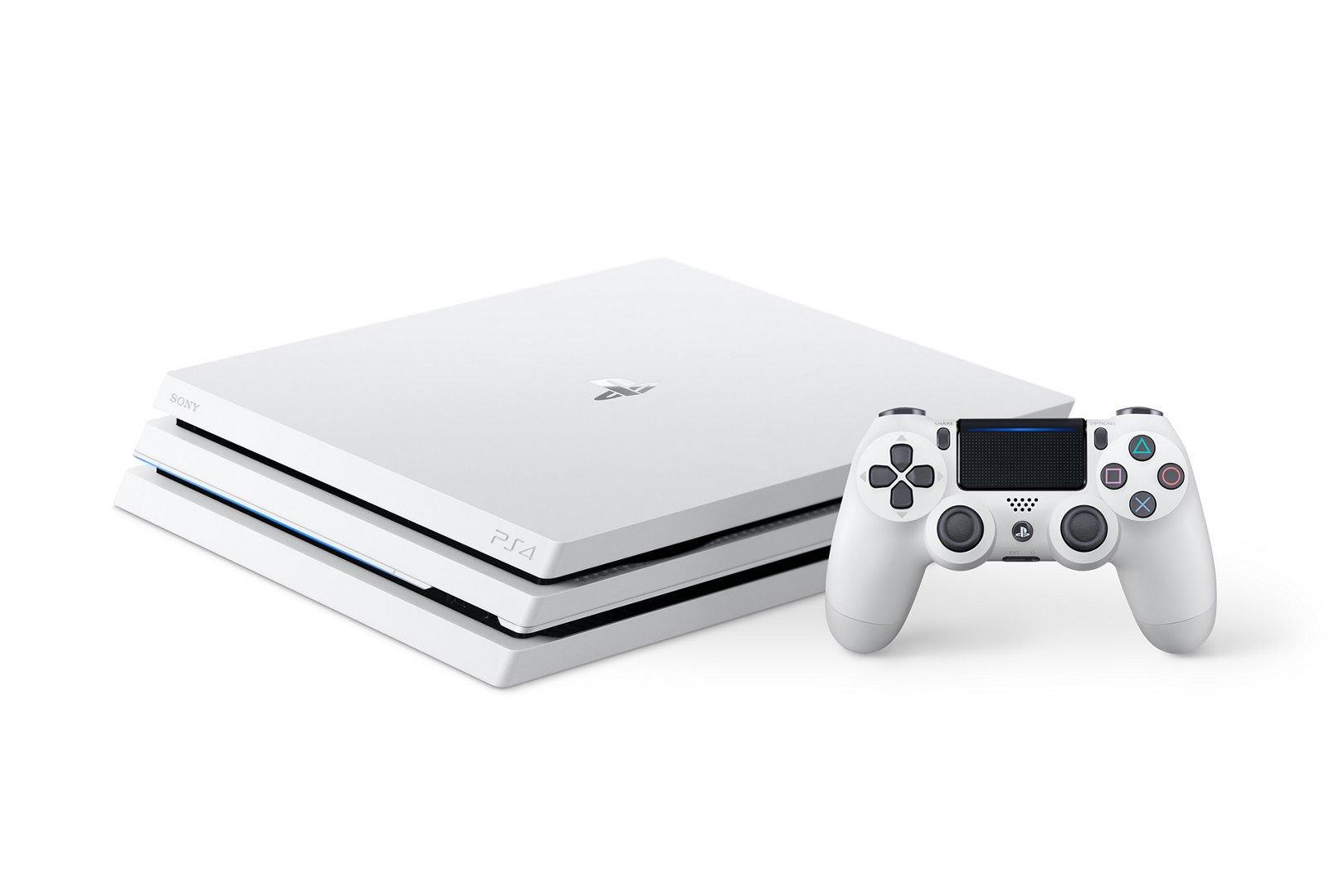
The Xbox One struggled in sales, and its top spot being taken by PUBG: Battlegrounds at 9 million copies reflects this. While a popular game, it outsold more traditional blockbusters like Black Ops III (7.37 million) and Call of Duty: WWII (6.23 million), indicating a smaller overall audience for the console.
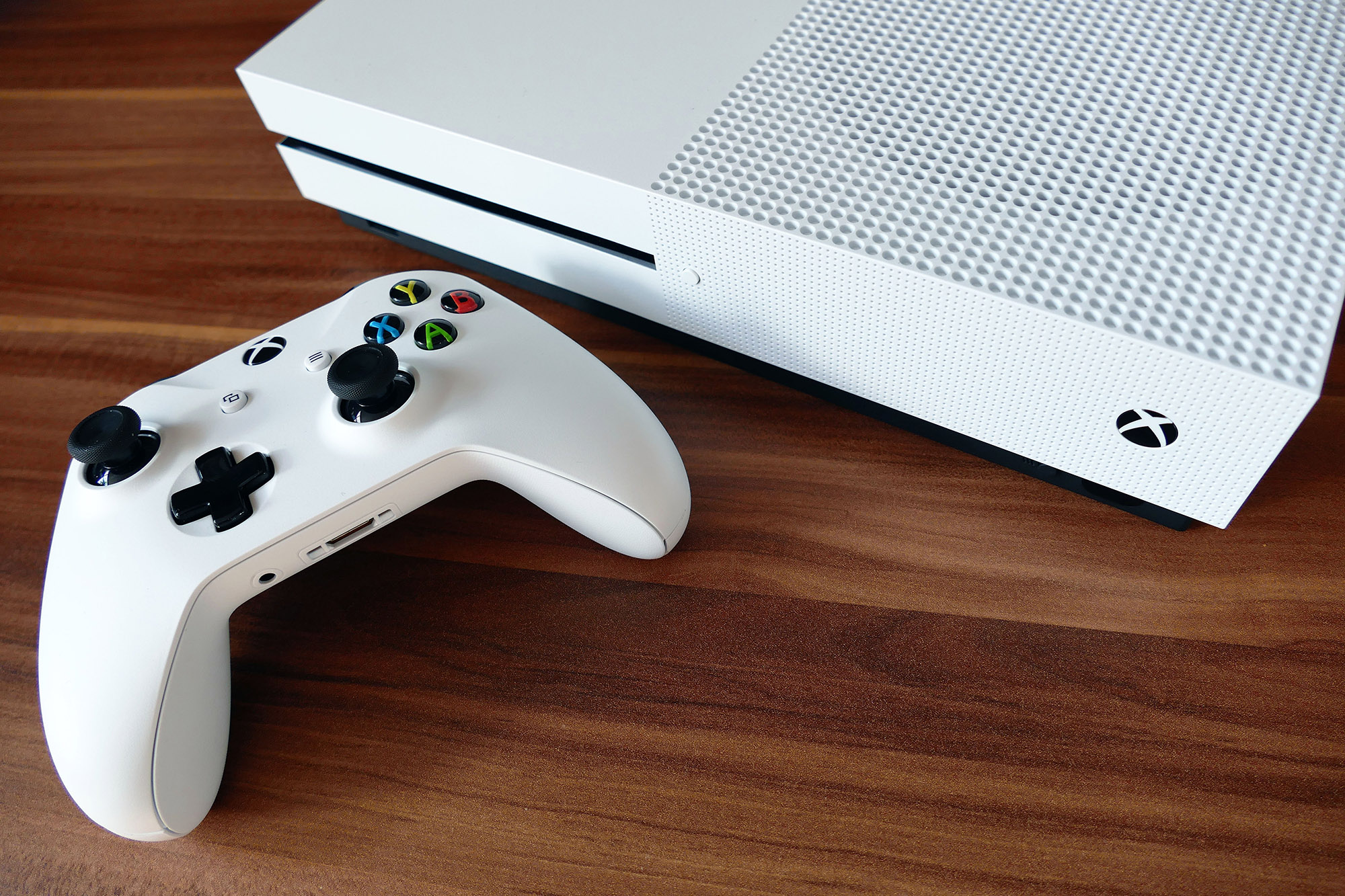
The Nintendo Switch has been a phenomenal success, and Mario Kart 8: Deluxe exemplifies this, selling a staggering 68.29 million copies. This is an upgraded port of the Wii U game, demonstrating the platform’s incredible reach. Other massive sellers include Animal Crossing: New Horizons (47.82 million) and Super Smash Bros. Ultimate (36.81 million), with 22 games on the platform selling over 10 million copies.
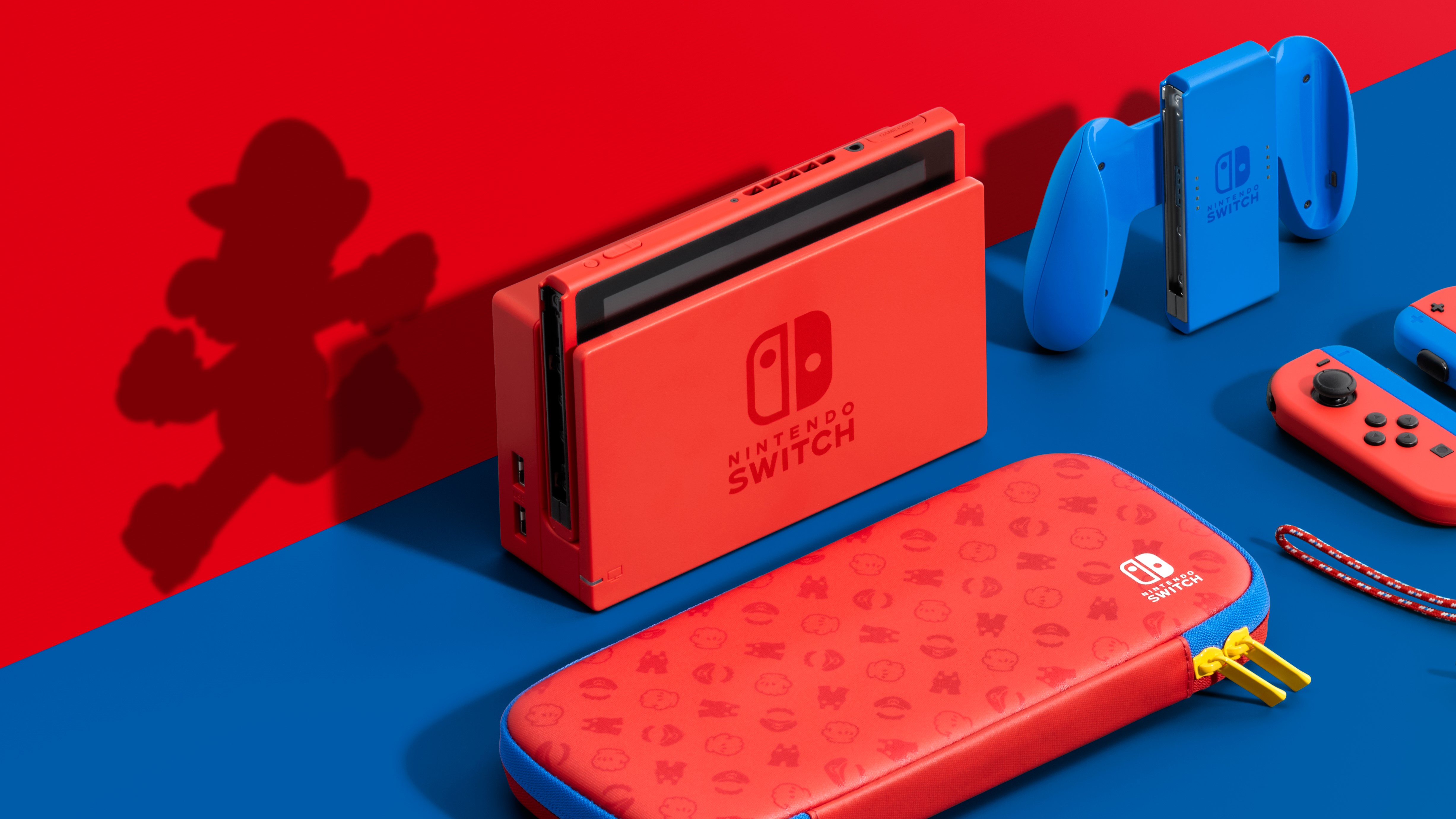
For the current generation, official sales data for the Xbox Series X/S is unfortunately not publicly available, as Microsoft has shifted its reporting focus to player engagement rather than unit sales.
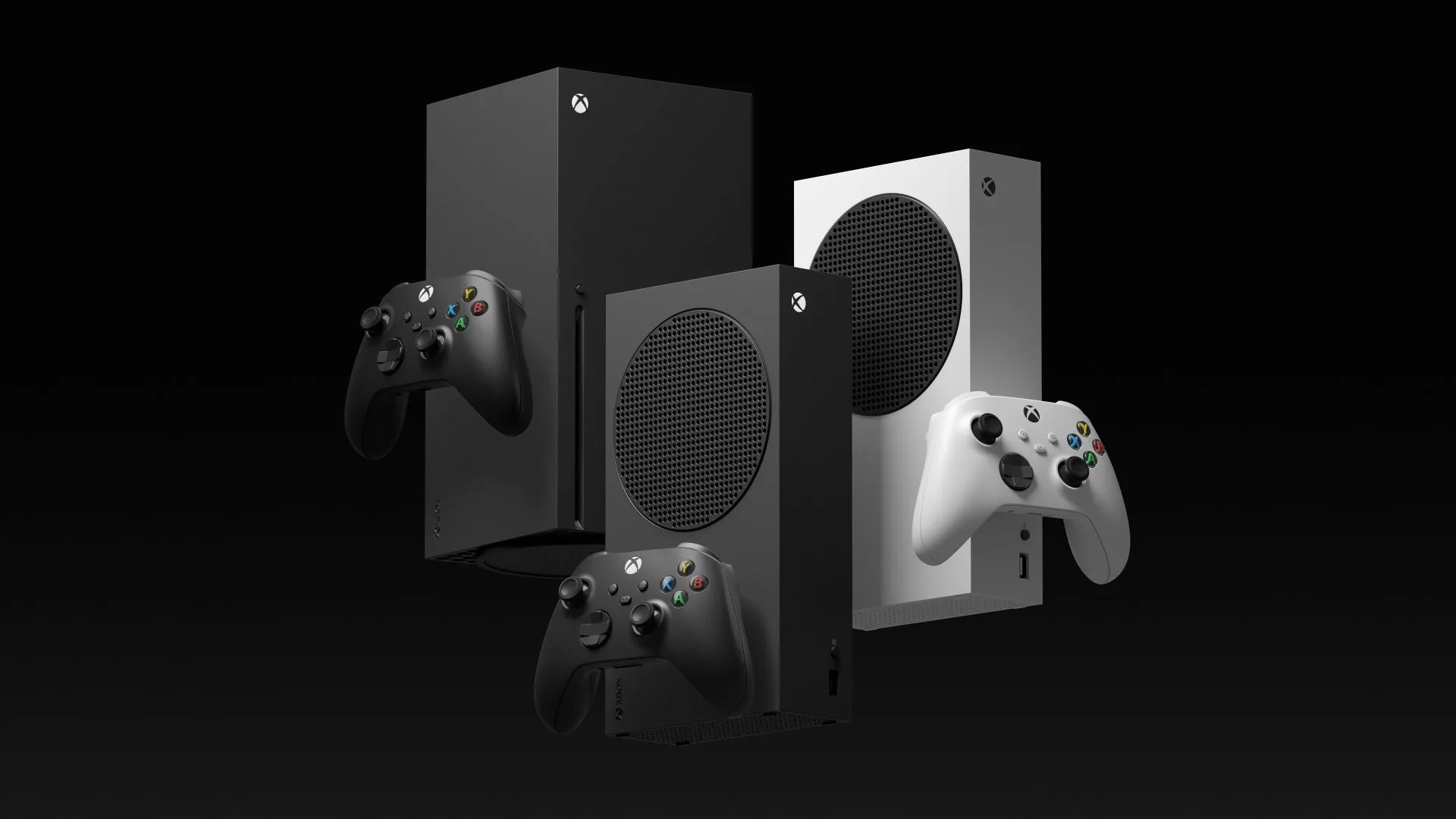
On the PS5, which is still in its generation, Marvel’s Spider-Man 2 is currently the clear leader with 11 million copies. Following this are the surprise hit Black Myth: Wukong (5 million) and the familiar Ratchet & Clank: Rift Apart (3.97 million). These numbers are expected to evolve as the generation progresses and more sales data becomes available.
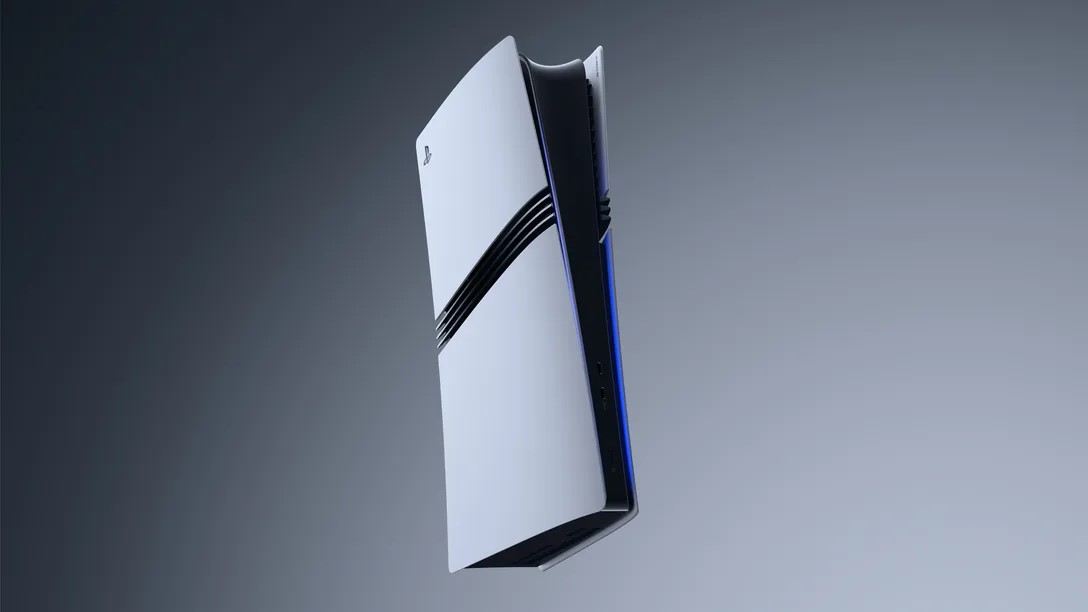
This comprehensive look at console game sales reveals a fascinating interplay of iconic franchises, strategic bundling, and evolving player preferences across decades of gaming history.

